
Review on 🌐 MikroTik RB4011iGS+RM Ethernet 10-Port Gigabit Router by Carmen Polk

Unmatched Speed and Flexibility at this Price
If you know Mikrotik, you'll love how this device performs for its money - you'll have to pay double or more to get the Cloud Core class or the 1100ah class get the same grunt of this device. It's also nice to see SFP+ for a 10 Gigabit connection. why do you need it If you want to configure complex firewall rules, most routers are slow to perform complex tasks where this module works with low latency. For example, I have all my IoT devices on a few different and segmented VLANs with SSDs. I then run THESE devices on a secure VPN that presents their traffic as if they existed in another city for complete isolation. This router does all of this without any noticeable impact on the processor. These devices have their own DHCP server with their own IP subnet on this router. Another scenario - I have a foreign blacklist that simply blacklists all incoming traffic from malicious countries - just to reduce attack surfaces. Here's another scenario. First, I use Port Knock to open specific ports so I can access things like RDP using the Port Knock app on my phone. Here's another one - this router (a feature of Mikrotik) has built-in DDNS, which I use to connect to another similar device at my parents' house to create a secure IPSEC tunnel between sites so I can use their local LAN can contact to help with network administration. No problem for this router - encryption is performed by a special chip that does not affect the processor load. Here's another - you can organize your ports however you like - you can group any combination of ports into separate "switch groups" for hardware linespeed. Switching or using the CPU to create bridges, which can then perform packet sniffing to look for keywords or patterns. Here's another one: Not only does this device have a DNS server that can cache DNS requests for speed, but you can also add static entries to redirect traffic to IP addresses of your choosing - sort of like a hosts file, but for your entire network. If you're unfamiliar with Mikrotik, there are plenty of tutorials (search Greg Sowell Mikrotik to get you started). The features you'll love are the extensive built-in tools that can intercept traffic, look in the GUI where traffic is flowing (called Torch), IP scanning, ARP analysis, throughput testing, and more for me like everything - This device is capable of operating at Layer 2 Telnet protocol, which means you can access these devices even if IP addressing is not configured to configure them. For demanding users, BGP, OSPF, full SNMP and more can be used.
- Great Construction
- Crumpled Packaging
New products
Comments (0)
Top products in 📶 Wifi Routers
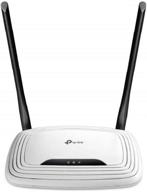
📶 Boost Your Wi-Fi Signal with TP-Link N300 Wireless Extender and Router - 2 High Power Antennas, Access Point, WISP, 300Mbps

216 Review
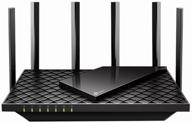
WiFi router TP-LINK Archer AX73, black

120 Review
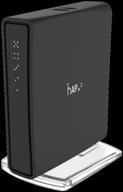
Wi-Fi router MikroTik hAP ac2, black

130 Review
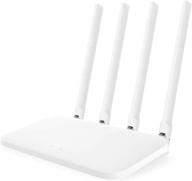
Experience Faster and More Stable Internet with Xiaomi Mi Router 4C

103 Review
Another interesting products
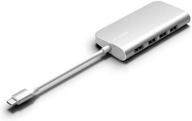
🔌 Juiced Systems Silver BizHUB USB-C Multiport Gigabit HDMI Hub with 3 USB 3.0 Ports, Gigabit Ethernet, 4K HDMI, SD/Micro SD, and USB-C Power Delivery

11 Review
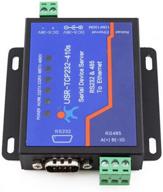
🔌 USR-TCP232-410s: RS232/RS485 Serial to Ethernet Adapter/IP Device Server with DHCP/DNS Support

4 Review
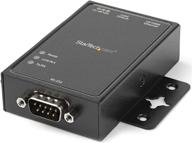
🌐 StarTech.com NETRS2321P: 1-Port RS232 to Ethernet IP Converter, Serial over IP Device Server - Black

5 Review
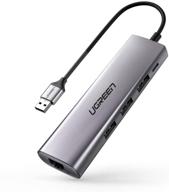
UGREEN USB 3.0 Ethernet Adapter Hub with RJ45: Fast Gigabit Ethernet Converter, 3 Ports USB 3.0 Hub Compatible for MacBook, iMac, Surface Pro, Chromebook, Laptop, PC

11 Review

